|
Shalom y’all! Welcome to this week’s edition of Better Know a Jewish holiday! Today we’re celebrating Lag Ba’Omer, when Jews show off their fire and archery skills! So, what is the Lag Ba’Omer thing? What does it even mean? Why are we celebrating? What’s with the bonfires? Why did Ben get rid of that terrible-looking beard today? So, let’s start with what Lag Ba’Omer means. To do this, we’re going to work backwards. “Ba’Omer” means “of the Omer.” The Omer is a 49-day period between Passover and the next major holiday (coming up in a few weeks), Shavuot. Throughout the Omer we count every day to make sure we know which day we’re on: Historically, the Omer was the time it took for the Jews to travel from the Red Sea through the desert to Mount Sinai to receive the Torah. The Omer also marked the time of the barley and wheat harvest, and while the temple still stood, Jews would bring offerings of grain every day as part of the counting. “Lag” (pronounced “lahg”) is not even really a hebrew word, it’s simply a combination of the letters “ל” and “ג.” In a Jewish tradition known as “gammatria,” Hebrew letters each have a numeric value with the first letter of the aleph-bet (alphabet) assigned the number “1”, the second assigned “2” and so on. The letter “ל” has a value of 30 and the “ג” has a value of 3, so together they sound like “Lag” and have a value of 33. So Lag Ba’Omer is the 33rd day of the Omer. Overall, the Omer is considered a sad time, when Jews do not traditionally hold weddings or celebrations and many religious Jews do not cut their hair or shave their beards as a sign of mourning. Jewish mystics also see it as a time of spiritual cleansing. So now that we get that Lag Ba’Omer is the 33rd day of this counting between two holidays that is traditionally a sad period…. why is that a big deal? Why do we celebrate? There are two major traditions that surround Lag Ba’Omer, one is historical-political, the other more spiritual. The historical explanation for the holiday comes from the early 2nd century when Jews were living under Roman rule in the land of Israel after the destruction of the second temple. The Romans had put a number of harsh restrictions on the Jews, including preventing them from practicing their religion. One of the great Rabbis of this period was Rabbi Akiva. According to the Talmud, during the first 33 days of the Omer a terrible plague struck R. Akiva’s students because they did not act respectfully toward one another. According to the Rabbis, as many as 24,000 students died during this plague, which miraculously broke on Lag Ba’Omer. At the same time, R. Akiva was also supporting a rebellion against the Romans led by a man named Bar Kochba. R. Akiva and many of his students were killed when the revolt was crushed in 132 C.E. and some people believe the “plague” may have been hinting at this loss of life, while Lag Ba’Omer was a celebration of the efforts of the fighters. The spiritual celebration of Lag BaOmer centers around one of Rabbi Akiva’s students, Shimon Bar Yochai. According to tradition, Bar Yochai and his son lived in a cave with nothing but a pure spring and a carob tree for 12 years. While they were kickin’ it in the cave, Bar Yochai wrote the Zohar, the central text for Kabbalah (Jewish Mysticism). Bar Yochai is said to have died on Lag BaOmer, and every year hundreds of thousands of religious Jews spend the holiday at his grave outside Tzfat in northern Israel celebrating his life and his teachings. The bonfires lit by Jews at his grave and around the world are meant to symbolize the light Shimon Bar Yochai brought into the world with his teachings. Fire and light play a very important in Kabbalistic and Hassidic Jewish teachings. The Lubavitcher Rebbe often taught that “even a little light dispels a great deal of darkness.” Children also traditionally play with bows and arrows on Lag BaOmer. This tradition harkens to the rebellion that was underway in the time of Rabbi Akiva and are also symbolic of rainbows as the same word in used in Hebrew for both types of bows. Because it’s a day of celebration, the normal Omer restrictions are relaxed and people like me who are not good at growing out their facial hair can get a nice clean shave. So, with that I’m off to the barber, wishing all of you a fun and festive Lag BaOmer. Remember, treat each other with respect, and if you get stuck in a cave for 12 years, you better write a darn good book!
1 Comment
|
About the JewThe Jew is an Uber driving, Bar Mitzvah DJing, yoga teaching ex-journalist from Ann Arbor, Michigan who attends rabbi School in NYC. Archives
October 2018
Categories |
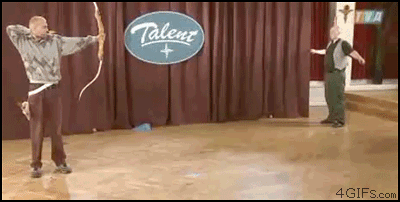
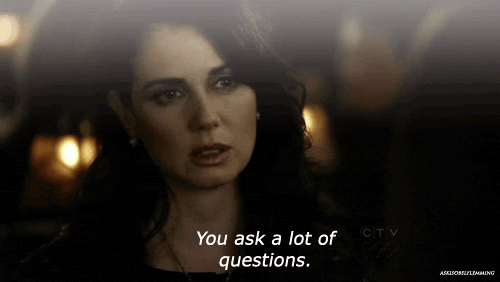
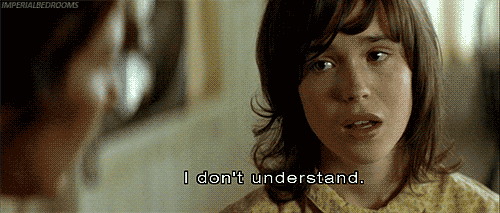

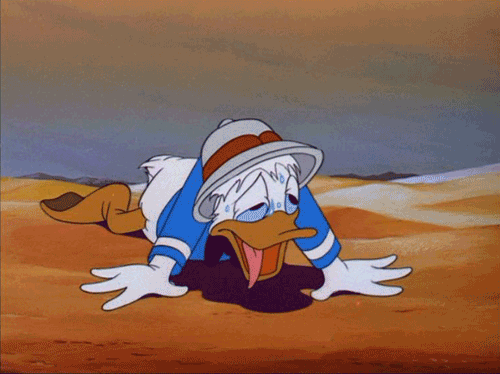




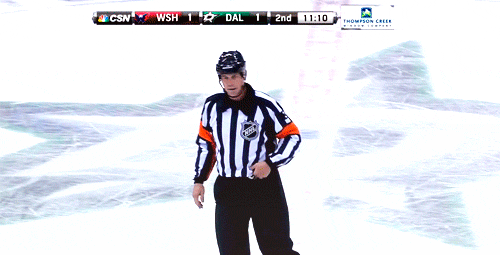








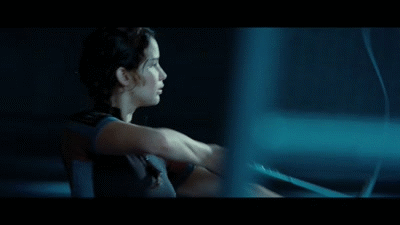


 RSS Feed
RSS Feed
